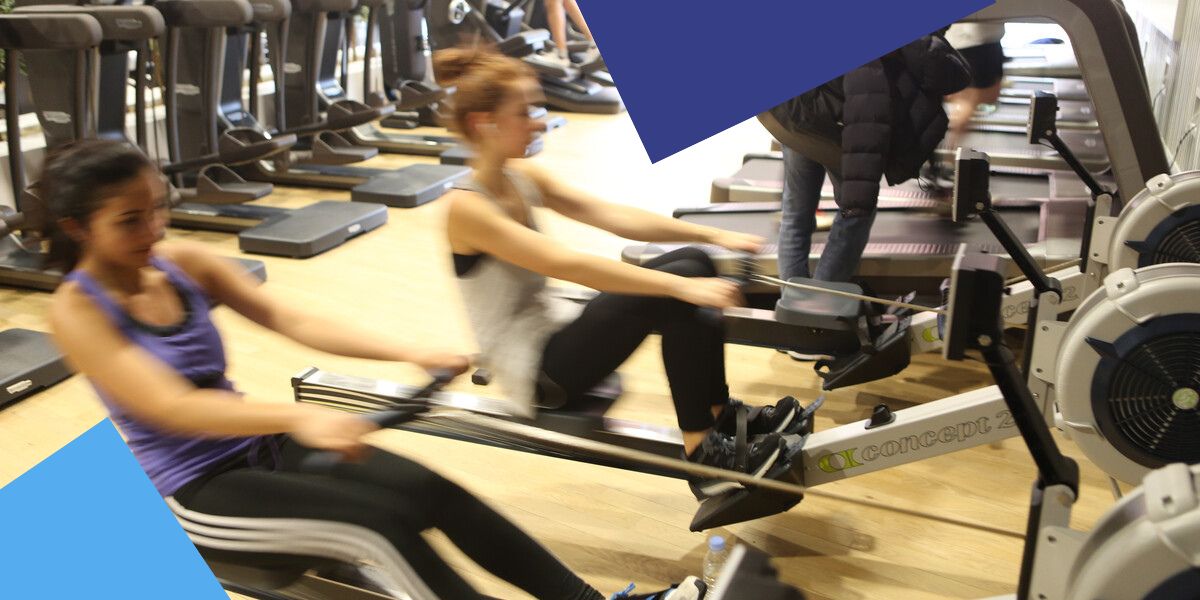Today I cycled to and from LSE without a helmet. On my way back, I realised that this probably represents my back-to-school feeling: being in London, but my head sometimes still a bit in the Netherlands.
After two weeks of living in London, my flatmates and I bought bikes. This was the start of many thought-adjustments that I have had to make regarding bicycles and cycle culture. Maybe it would be helpful for me to first explain how cycling in the Netherlands, and perhaps especially Amsterdam, goes about. You cycle anywhere on a crappy ‘omafiets’ (Wikipedia translates this to ‘roadster’ in English) or a city bike, without protection, and, at times, without light at night. You own the streets. Cars and pedestrians stop for you. Almost every road and roundabout has a designated cycling strip that prioritises the cyclists, not the larger traffic. Little children – most of them also without helmets – cycle with their parents to school, sit on the back of their parents’ bike, or sit in front on a little seat or in a ‘bakfiets’ (‘freight bicycle’). You lock your bike to anything you can fit your chain lock around.
If you’re living in London yourself, you can probably imagine that I was a danger to myself, the first few weeks that I started cycling in London. Not only had I no clue that cars were hardly acknowledging my presence, I also wasn’t wearing a helmet until my mum came to visit, and pressured me into buying a helmet (thanks mum!). First, I was afraid, I was petrified (no, not really, but that last sentence is such an amazing reference, I couldn’t help myself). I started to become more careful about getting to know the ways of the London roads. This meant waiting for cars, and not speeding through green lights that could soon become red. Now, I am regaining some of my Dutch assertiveness on the roads, which is especially useful at tricky roundabouts and busy intersections.
Still, some things about London cycling culture remain a bit odd to me. Londoners’ cycling gear is impressive. Before and after work, they dress up in sporty outfits, put on their bright yellow jacket, aerodynamic helmet (preferably with torch), and race – I mean race, some of them can match the speed of a bus – back home instead of to France. Whereas I, like Napoleon, struggle at Waterloo (bridge), and arrive sweaty at class, others seem to move with traffic as effortlessly as cars. Weirdly enough, though these cyclists’ gear is most professional, the amount of flickering torches on their bodies create a blinding disco ball effect on the road – this definitely put me in the Christmas mood last year. Cycling to unknown places can be a hassle: cyclists have to adhere to one-way roads, so sometimes you have to make huge detours.
Although I have described cycling in London perhaps a bit mockingly, I do believe London should definitely improve its cycling situation: the holes in the road, the cycling paths that suddenly stop at dangerous intersections, and the long waiting times for traffic lights. Don’t let this stop you from jumping on that bike though! Next to being great exercise, cycling gives you great insights into the structure of the city, and it’s easier to spot nice coffee places above ground than underground.




